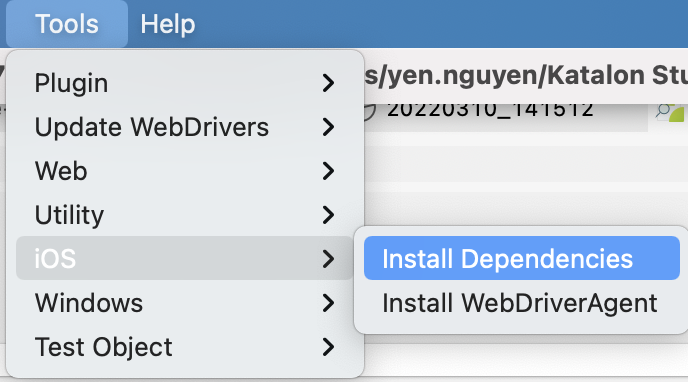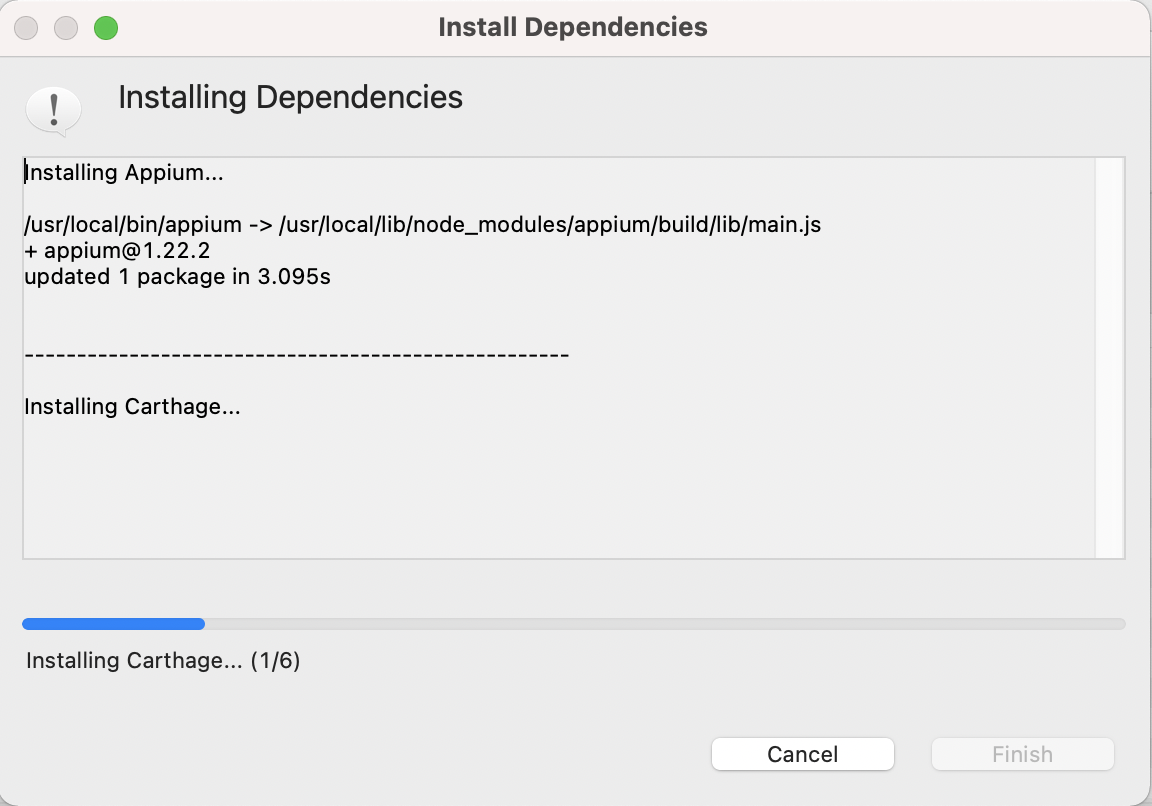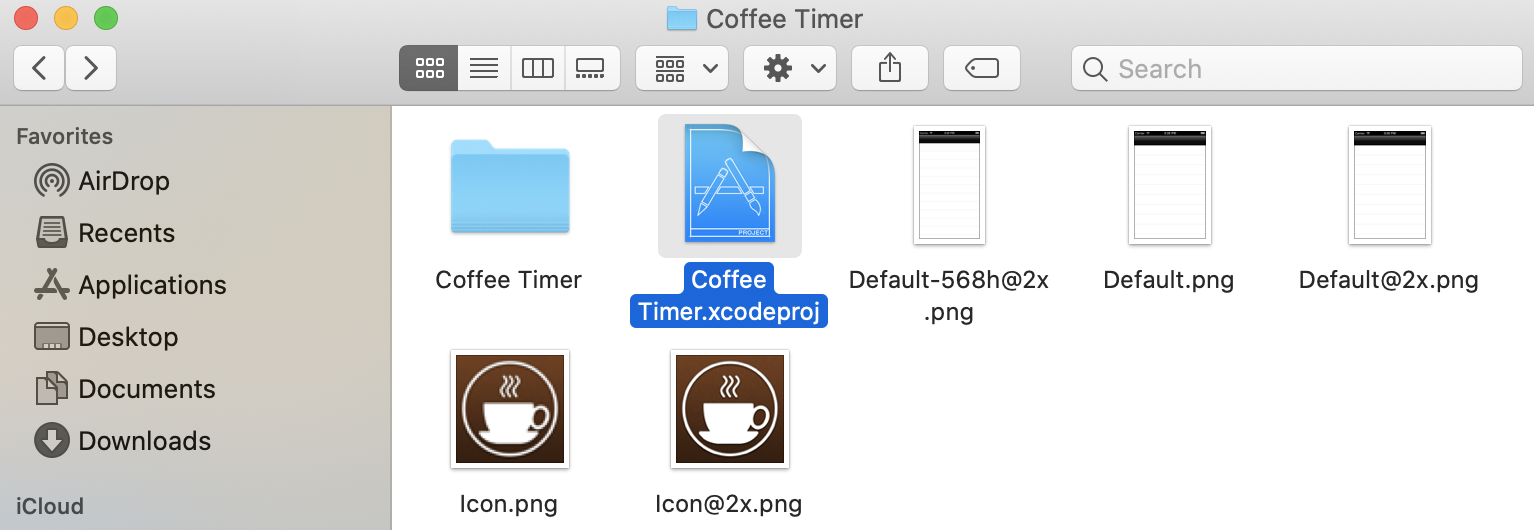Mobile testing using an iOS simulator
Learn how to perform mobile testing in Katalon Studio using an iOS simulator.
Mobile testing using an iOS simulator allows you to test your iOS apps in a virtual environment that mimics real Apple devices. The simulator, available through Xcode, lets you check how apps work on different iPhone and iPad models and operating system versions early in development without needing physical devices.
When performing mobile testing using an iOS simulator in Katalon Studio, follow these pre-testing steps:
Install Xcode: Download and install Xcode from the Mac App Store to access iOS development and testing tools.
Install Appium and Xcode command-line tools: You need Appium 2.x for automating mobile tests and the Xcode command-line tools for simulator management.
Set up Xcode simulator for mobile testing: Configure the Xcode simulator to mimic specific iOS devices for testing your app.
Prepare the iOS application file: Build or obtain the
.appor.ipafile of your iOS application to load it into the simulator for testing.
Before you begin
Before you proceed with testing your mobile app using an iOS simulator, there are a certain considerations that you need to keep in mind or configure. To begin with, you need to setup a macOS environment. You can not execute iOS mobile testing in Windows and Linux.
We recommend going to the following developer documentation for more information on app build schemes and requirements: Running your app in Simulator or a device.
To get started with mobile testing using an iOS simulator, you need to install Xcode first.
Install Xcode
Learn how to install Xcode for your mobile testing using an iOS simulator.
Xcode is the integrated development environment used for building apps across all Apple platforms. Xcode includes iOS, iPadOS, and visionOS simulators (on Macs with Apple silicon), and is available for free on the Mac App Store.
- Go to the Mac App Store or click on the link to download Xcode: Xcode.Note:
- Install Xcode version 10.2 or newer.
- Xcode must support the current version of your macOS and iOS device. Check that your macOS and iOS device are compatible with Xcode in this document supported iOS environments in Katalon Studio and Apple Developer document System requirements.
Launch Xcode. A dialog will show which Simulator runtimes are built-in and available for download. Select Continue to finish setting up Xcode.
Once Xcode setup is complete, relaunch Safari to use in the Develop menu and Open with Simulator in Responsive Design Mode.
Install Appium 2.x and Xcode command-line tools
Learn how to install Appium 2.x and XCode command-line tools for your mobile testing using an iOS simulator.
There are two ways to go about installing these pre-testing tools. You have the option to install them using the built-in tools function in Katalon Studio, or you can install each manually.
Install with built-in tools
Install manually
Set up Xcode simulators for mobile testing in Katalon Studio
After installing Xcode, Katalon automatically recognizes Xcode simulators as iOS devices.
To check whether Katalon Studio successfully recognizes Xcode simulators, on the main toolbar, select the iOS device in the dropdown list next to Run.

You should see a list of pre-installed Xcode simulators appearing as iOS devices.

Prepare the iOS application file
.app or .ipa file.


